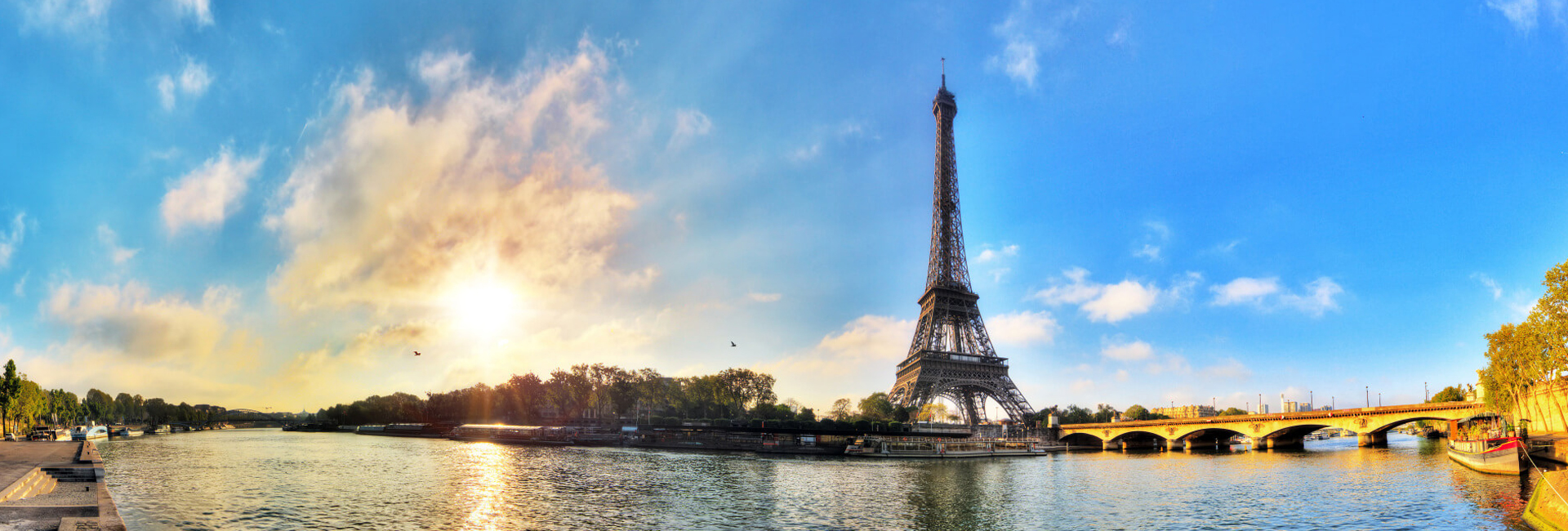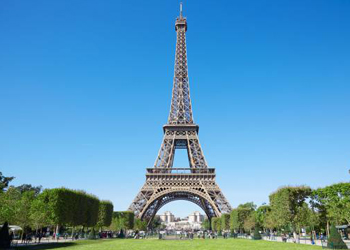


Eiffel Tower
Eiffel Tower | |
The Eiffel Tower, the quintessential symbol both of Paris and of the brilliance of industrial engineering, was designed to be a temporary structure for the Exposition Universelle of 1889 fair. Late nineteenth-century Europe had a decadent taste for such giant-scale, colonialist-capitalist extravaganzas, but the 1889 Exposition was particularly ambitious, and when completed the tower, at 300m, was the tallest building in the world. Reactions were violent. Outraged critics protested “in the name of menaced French art and history” against this “useless and monstrous” tower. “Is Paris”, they asked, “going to be associated with the grotesque, mercantile imaginings of a constructor of machines?” Curiously, Paris’s most famous landmark was only saved from demolition by the sudden need for “wireless telegraphy” aerials in the first decade of the twentieth century. The tower’s role in telecommunications – its only function apart from tourism – has become increasingly important, and the original crown is now masked by an efflorescence of antennae. After dark, the tower is particularly spectacular, an urban lighthouse illuminated by a double searchlight and, for the first ten minutes of every hour, by thousands of effervescent lights that fizz across its grid lines. Though you may have to wait a while for the lifts, it’s arguable that you simply haven’t seen Paris until you’ve seen it from the top. While the views are almost better from the second level, especially on hazier days, there’s something irresistible about going all the way to the top, and looking down over the surreally microscopic city below. Many visitors overlook the first level, but it was recently renovated and made more inviting, with part of the floor being replaced with glass, affording dizzying views of the ground (and long queues) below. In summer (mid-June to Sept) it turns into a sun terrace, complete with sunloungers. |
|
